Persimons (with one m) grow around Valencia and are the fastest growing fruit in terms of popularity in the UK, outselling pineapples and mangos. Spain is still a very agricultural country – fresh fruit and vegetables form around a quarter of the economy, the second largest sector after cars.
I visited the persimon farm, orchards of medium-sized trees, heavy with orange globes, sometimes propped up with bamboo canes, at midday, shadows black and precise as soot. The air and the packhouse smelled vaguely of vanilla custard. The red clay earth crumbled underfoot.
There are two main types of ‘kaki’- the botanical name for this fruit: the astringent heart-shaped pointy Hachiya and the non-astringent Fuyu. I was surprised to find out that the type of persimon grown in Spain is the ‘hachiya’, known as ‘Rojos brilliantes’. It’s sweeter than the non-astringent ‘fuyu’ and has a longer shelf-life. (We had an interesting discussion about plastic packaging, a problem which every fruit exporter is attempting to solve. The advantage of plastic, durability, is also a disadvantage. Because it is long lasting, it won’t fall apart in a fridge-lorry and will protect the fruit. Biodegradable plastic disintegrates on contact with moisture, as everyone who has used a recyclable bag in a compost bin will know).
With this type of astringent persimon usually you wait to eat until the skin is translucent and almost bursting with a day-go orange jelly. But the fruit is treated in the packhouse to reduce astringency, by storage in a vacuum or oxygen deprived room. In the old days in Japan, they’d put the persimmons in a jar with a glass of sake; the alcohol fumes would burn off the oxygen. Like bananas and avocados, they can also be ripened by ethylene gas given off by other fruits.
The season is from October to December or January. Last year, they lost around 30% of their crop due to frost.
Persimons are mostly eaten raw: like an apple, or in salads. Cooked, it has a texture like pumpkin, great for pies, puddings, fruit leathers and soup! It can also be dried. Persimons contain Vitamin C, iron, manganese, and fibre.
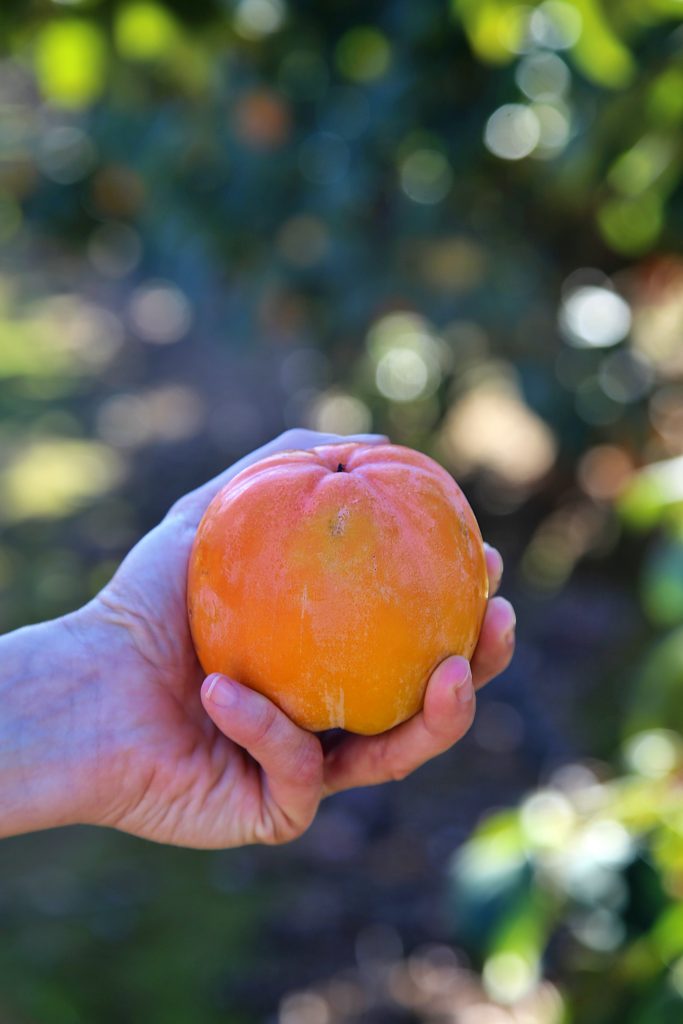

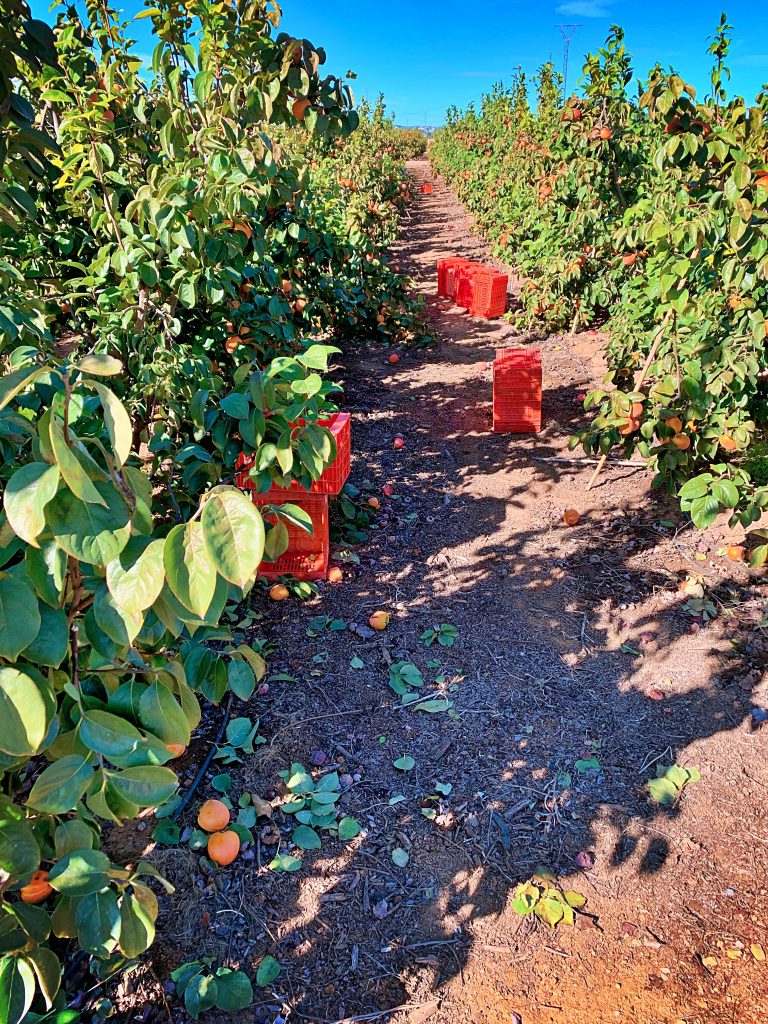
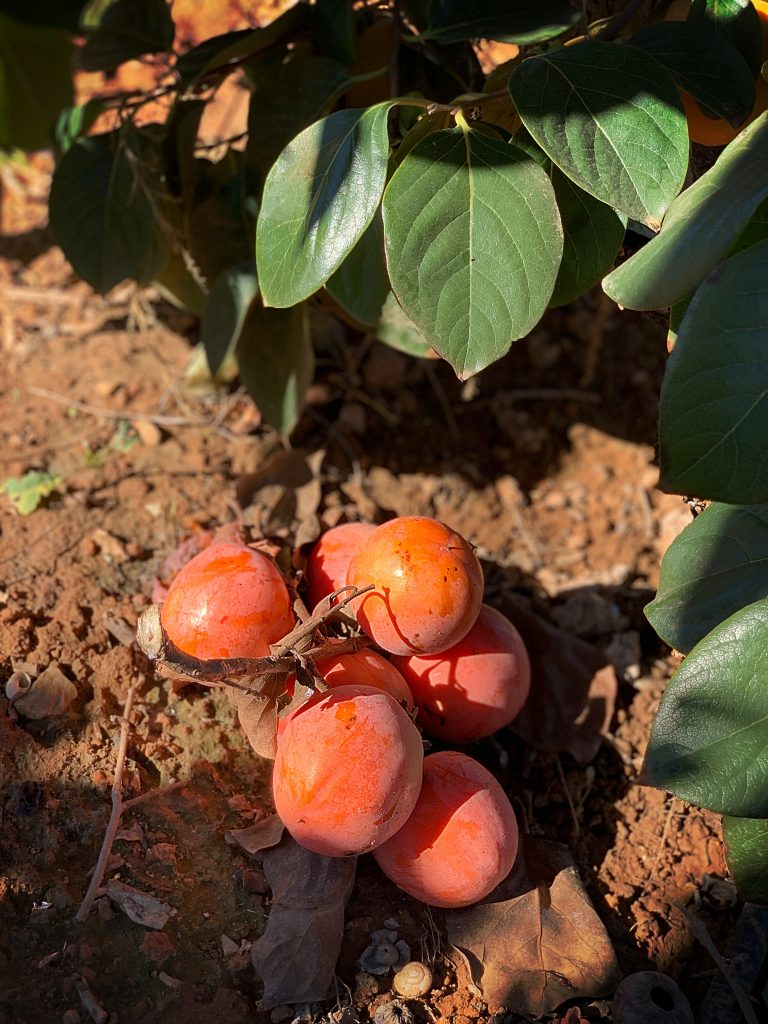
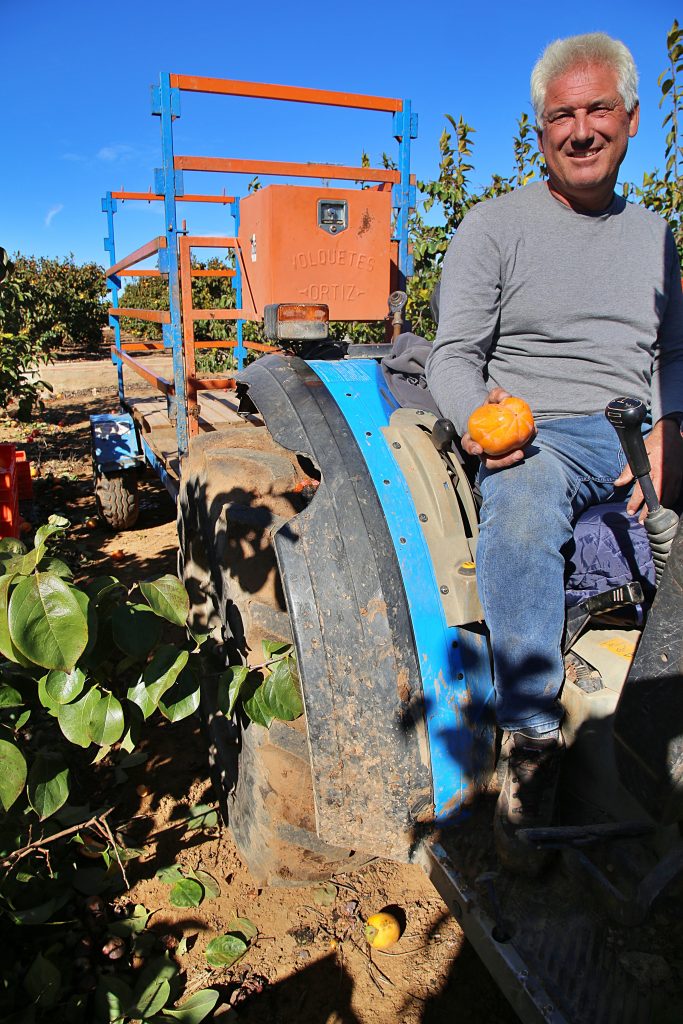
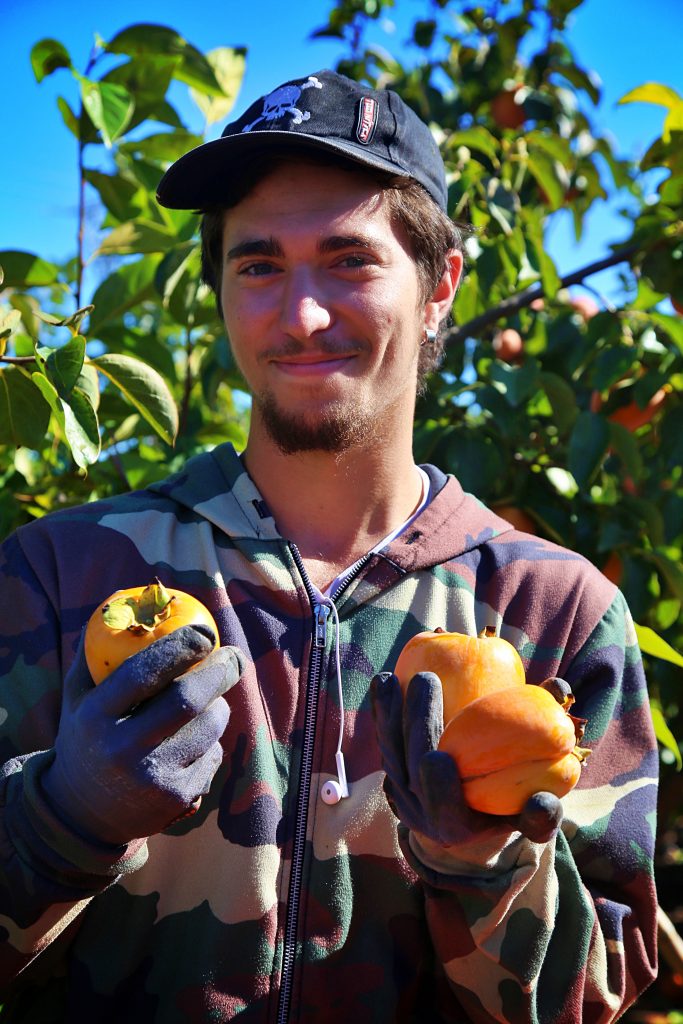
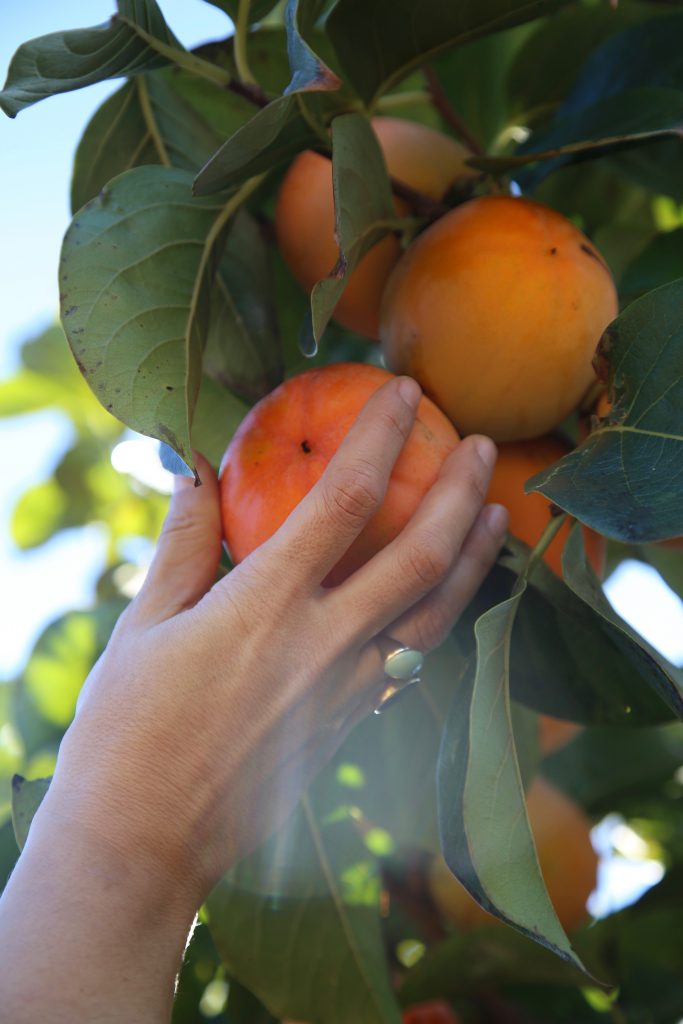
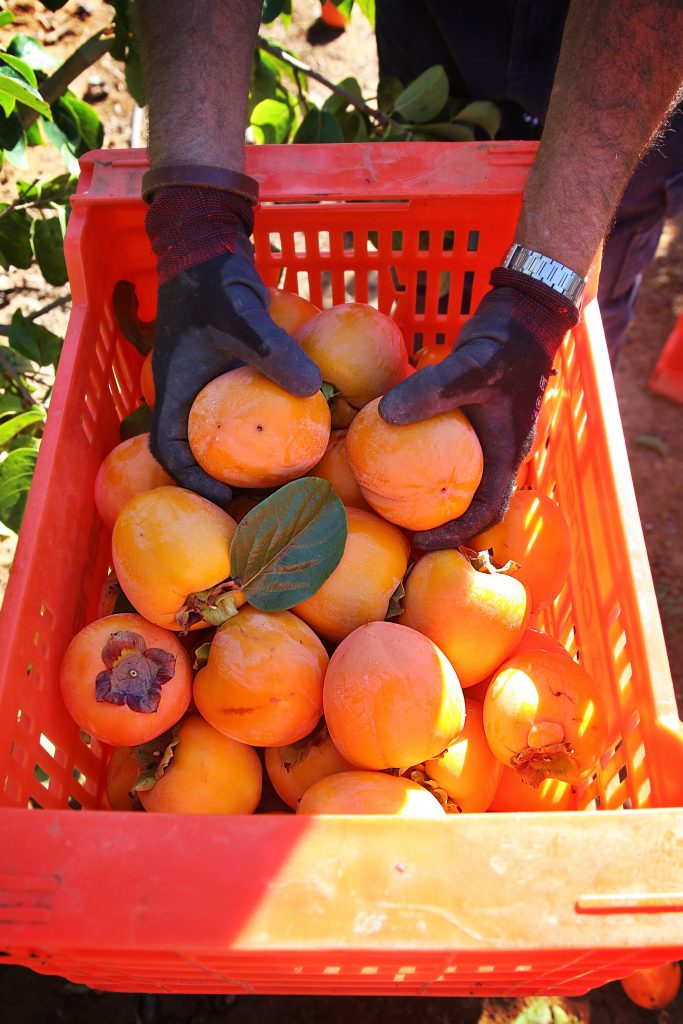
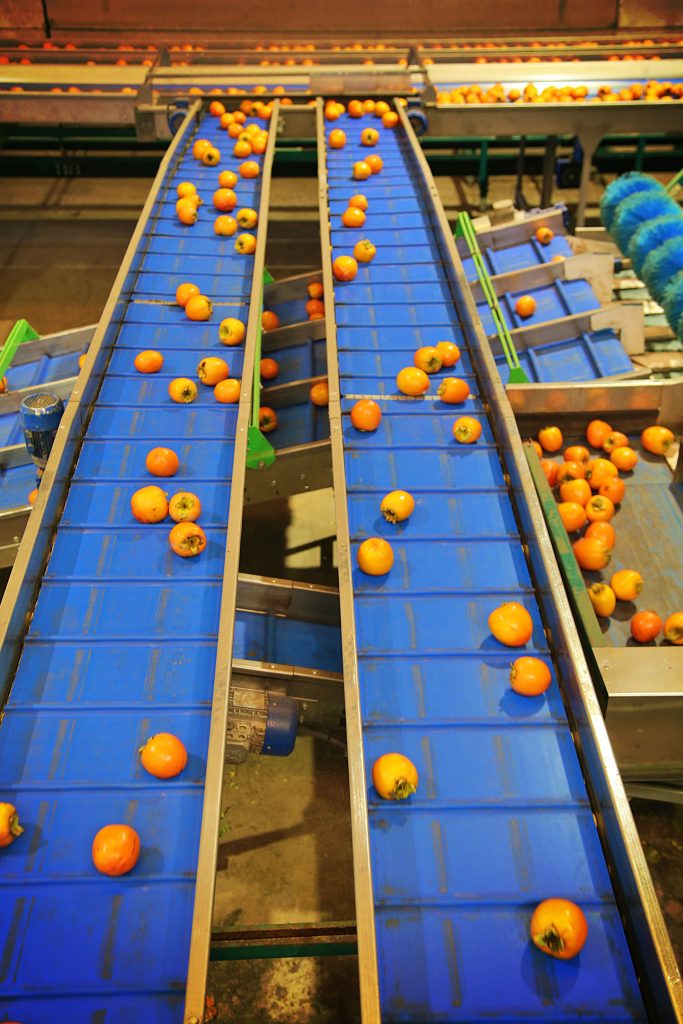
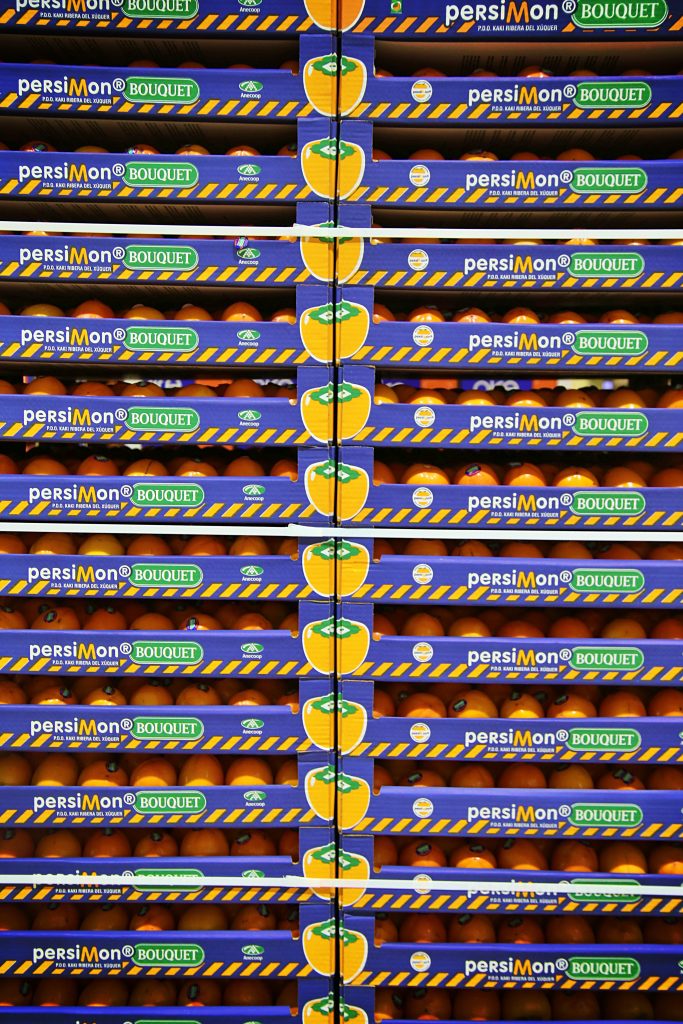
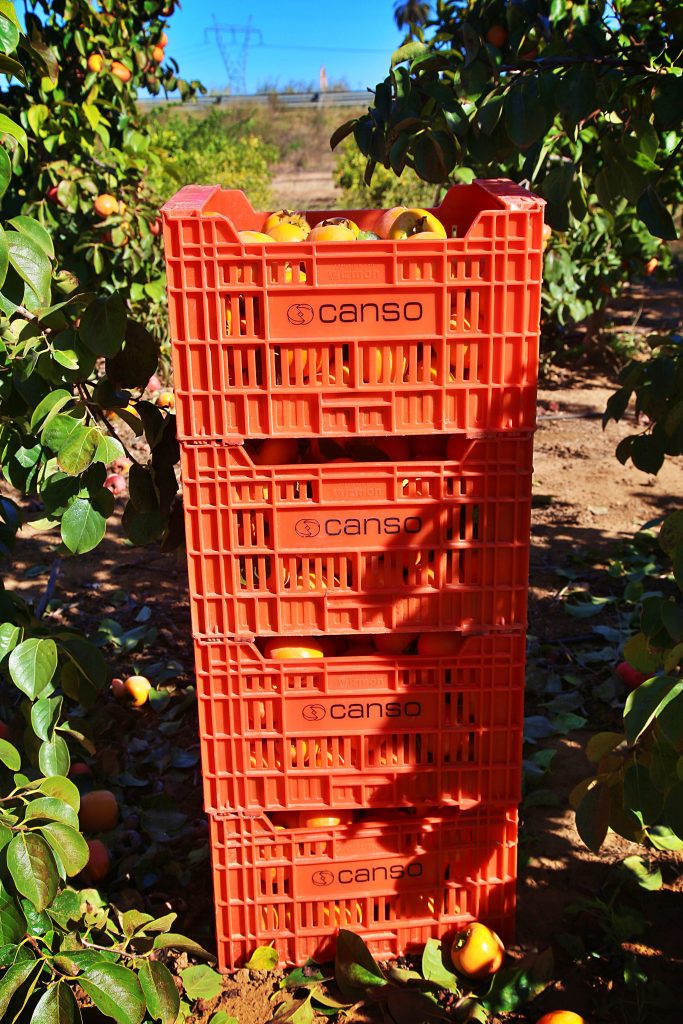
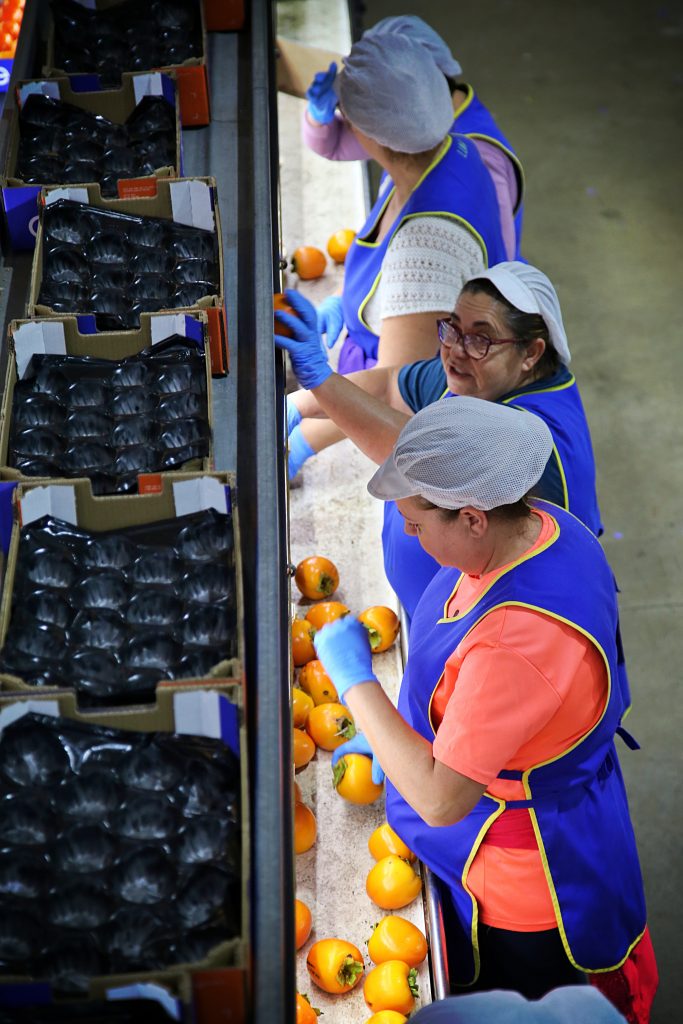



Leave a Reply